Cruise travel looks like something out of a shiny brochure – floating paradises with never-ending buffets, spectacular productions, and rising every morning to new views without the hassle of repacking. The reality is way more complicated. Among surprise headaches and real treats, the cruise experience never lives up to the hype.
Here’s a checklist of 15 cruise life secrets that travel agents likely won’t share before you book your ocean journey.
Hidden Costs Add Up Fast

The price promoted hardly breaks the surface. Your ‘all-inclusive’ package gets you rudimentary food and lodging – and that’s all. Do you want a cocktail? That’s an extra $14. Gourmet dinner at the steakhouse?
Another $45 per adult. WiFi usage could cost you $20 per day; gratuities automatically tacked on at $15-20 per day – per traveler. Veteran cruisers have learned to pad their initial price with double it in order to account for these stealthy fees.
Motion Sickness Isn’t Confined to Storms

Modern ships possess great stabilizers but cannot entirely eliminate motion. That constant, subtle rocking – almost imperceptible to some – induces perpetual queasiness in others, even on calm seas.
Ironically, symptoms might not appear until day three or four – surprising brash passengers just when they’ve assumed they’re immune to seasickness.
Like Travel Pug’s content? Follow us on MSN.
Ship Time Can Be Confusing
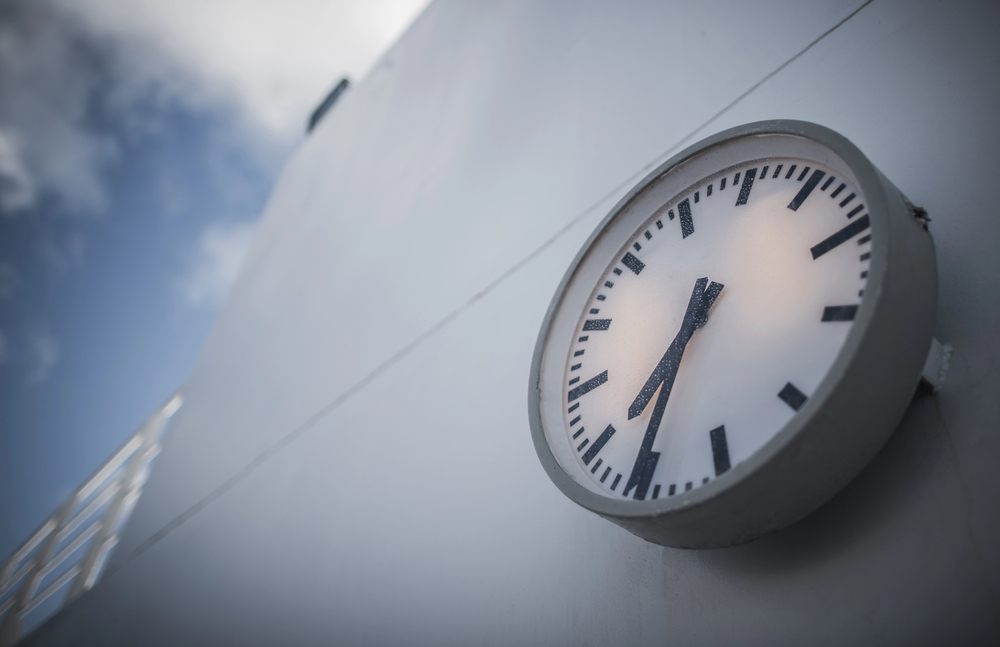
Cruise ships exist in their own time zone, with ‘ship time’ preserved wherever they go. Your cell phone might jump forward an hour aboard while clock hands won’t budge.
Time-zone confusion causes real problems—every voyage has tales of individuals who had their timings mixed up and sat on the beach watching as their floating home (with everything in it) disappeared over the horizon.
The Amazing Staff-to-Guest Ratio

The quality of service at cruises is based on a phenomenal employment model—one employee for every 2-3 travelers on average. That ratio makes individualized care impossible at earth resorts.
Cabin servers somehow know when you’re departing, rechecking rooms during brief absences to make those infamous towel art creations. They will have learned your name by day two and your cocktail order by day three.
Port Stops Are Shockingly Brief

Most itineraries only allow 6-8 hours at each port – insufficient time to penetrate the surface of anywhere worthwhile. Travelers face tough choices: zip through truncated highlights, dig deep in a tiny area, or pay for expensive ship shore excursions that vow to take you back in time.
You’ll officially ‘see’ seven countries in seven days – although ‘see fleetingly out a bus window’ would be more accurate.
Like Travel Pug’s content? Follow us on MSN.
Ship Size Affects Everything
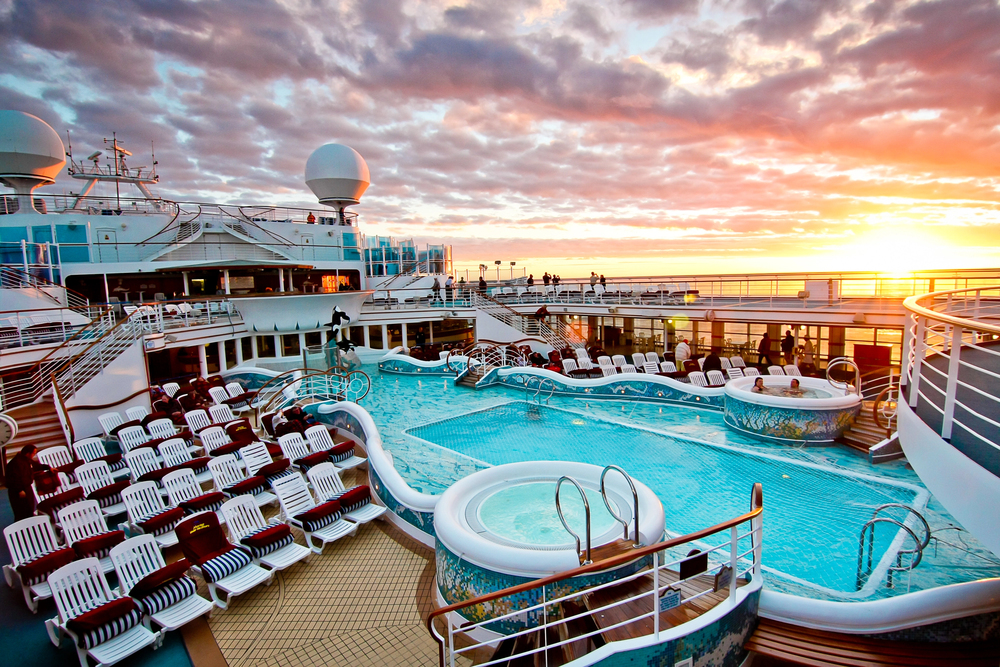
Choosing between intimate 900-people vessels or 5,000+ passenger mega-ships influences every aspect of your vacation. There are more facilities on bigger ships – but also more queues, crowded pools, and complex logistics.
Tendering into port – boarding smaller boats when ships can’t dock directly – can eat into precious hours of already scarce shore time on big ships. Small ships sacrifice some amenities but deliver quicker boarding and superior service.
The Chair-Hogging Phenomenon
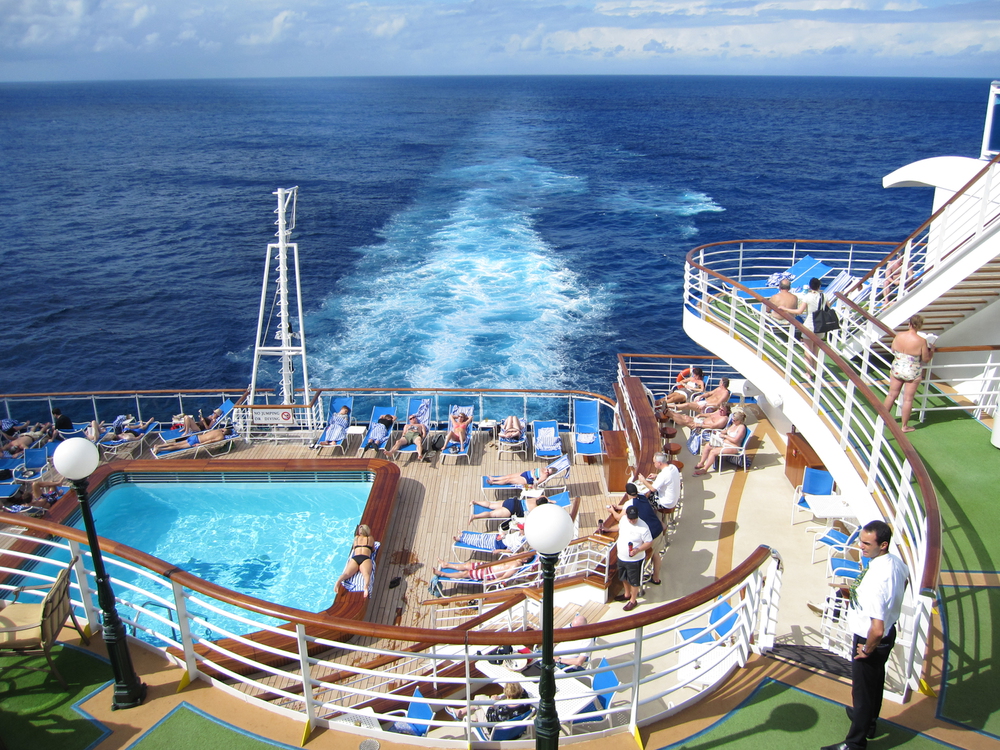
In the face of plain policies against ‘reserving’ pool chairs, the morning rush for towels remains an anthropological phenomenon. Before 8 AM, prime poolside spots appear all occupied – while most sit for hours physically unoccupied, ‘held’ by away passengers who might or might not materialize hours later.
Such territorial behavior spawns minor irritations which coexist somehow peacefully with vacation life’s assumed relaxation.
Unexpected Connections Form Quickly
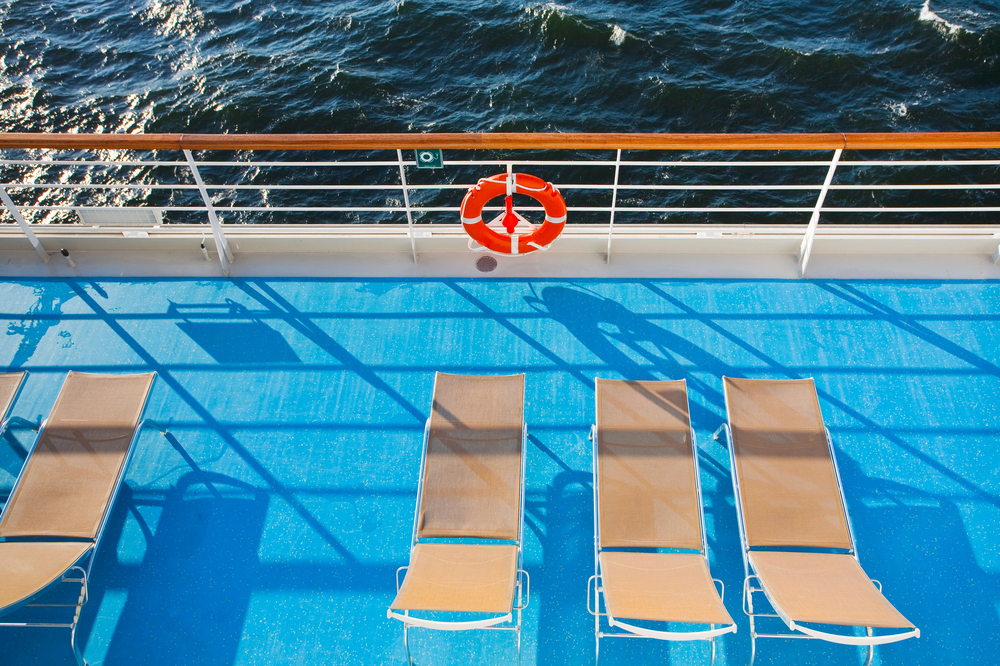
Shipboard settings generate friendship accelerators, contrary to ordinary travel. Shared dining tables, group activities, and being constantly exposed to the same people in a small space facilitate surprisingly close connections.
The intensity is similar to summer camp for adults – with actual tears at sail-away. Most of the cruisers end up staying friends for years after serendipitous meetings on the seas.
Like Travel Pug’s content? Follow us on MSN.
The Real Environmental Impact

Behind the façade of cruise leisure lurks distressing ecological arithmetic. They create hundreds of thousands of gallons of waste each day and combust sea fuel that has the potential to carry 3,500 times as much sulfur as automobile diesel.
All of this notwithstanding corporate eco-spinning, lower decks sometimes show worse air quality than urban air pollutants – especially appreciated standing at areas close to the exhaust on approaching port.
Sleep Quality Surprises

Ironically, most people sleep better than ever on ships despite unexpected environmental conditions. Top-quality mattresses and gentle rocking present ideal conditions for others.
Others are disturbed by engine noise, early morning anchor drops, and hallway noise that carries surprisingly well through thin walls. Cabin location has a dramatic impact on this experience, with midship lower decks being most likely to give maximum stability.
Gym Facilities Are Actually Top-Notch
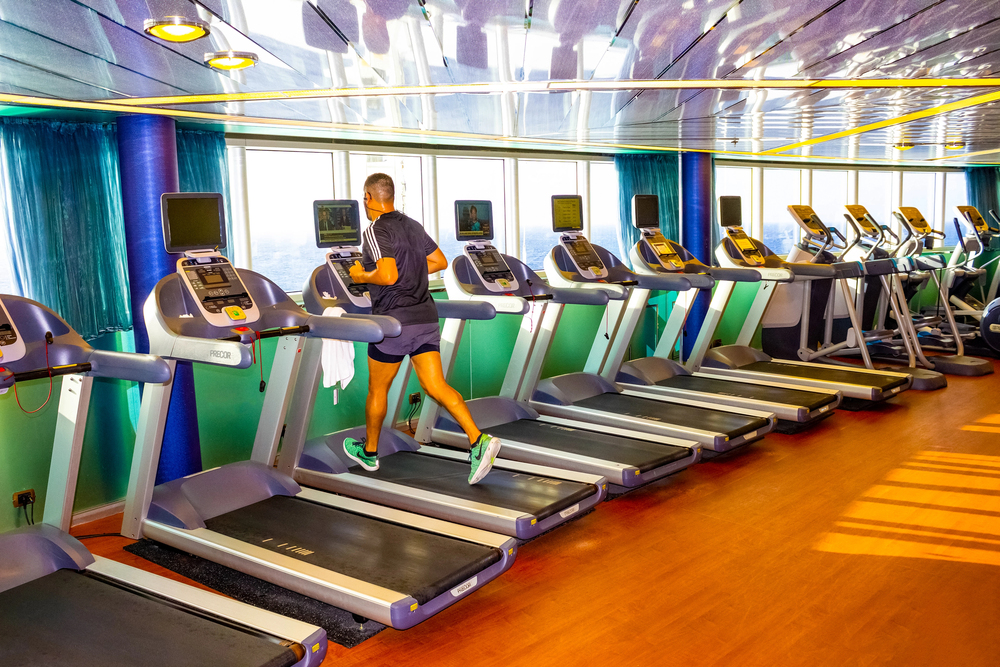
While cruise marketing touts hedonism rather than fitness, even the newest ships have amazingly good workout rooms. Floor-to-ceiling windows present ocean views while restrained by the most advanced-generation exercise machines that would please even dedicated gym rats.
Personal training, specialty classes, and running on a deck above the water offer actual fitness opportunities – though they’re usually not well utilized during vacation mode.
Like Travel Pug’s content? Follow us on MSN.
The Scandalous Amount of Food Waste
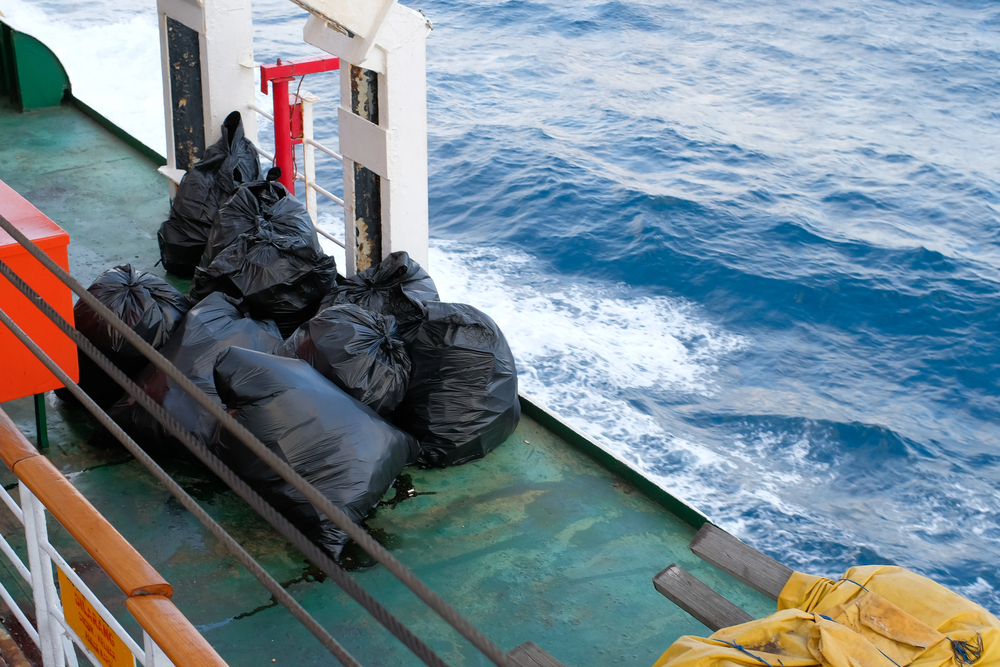
Buffet excess produces unsettling wastefulness. Estimates of the cruise industry suggest 30% of food on cruise ships is thrown away, most of it through passengers loading up plates with stomachs smaller than eyes.
This aspect creates actual ethical discomfort for environmentally conscious tourists, though various cruise operators have begun to pursue waste reduction policy with varying levels of commitment and transparency.
Cabin Walls Are Surprisingly Thin

Shipbuilding is more about reducing weight than it is about insulating sound, so there’s not desirable proximity with the neighbor. Normal cabin chatter from adjacent cabins cuts through with shocking clarity, and romantic trysts become last-minute entertainment for staterooms in the vicinity.
Seasoned cruisers use white noise machines or employ bathroom exhaust fans as ad-hoc sound walls in the evening.
Staff Living Conditions
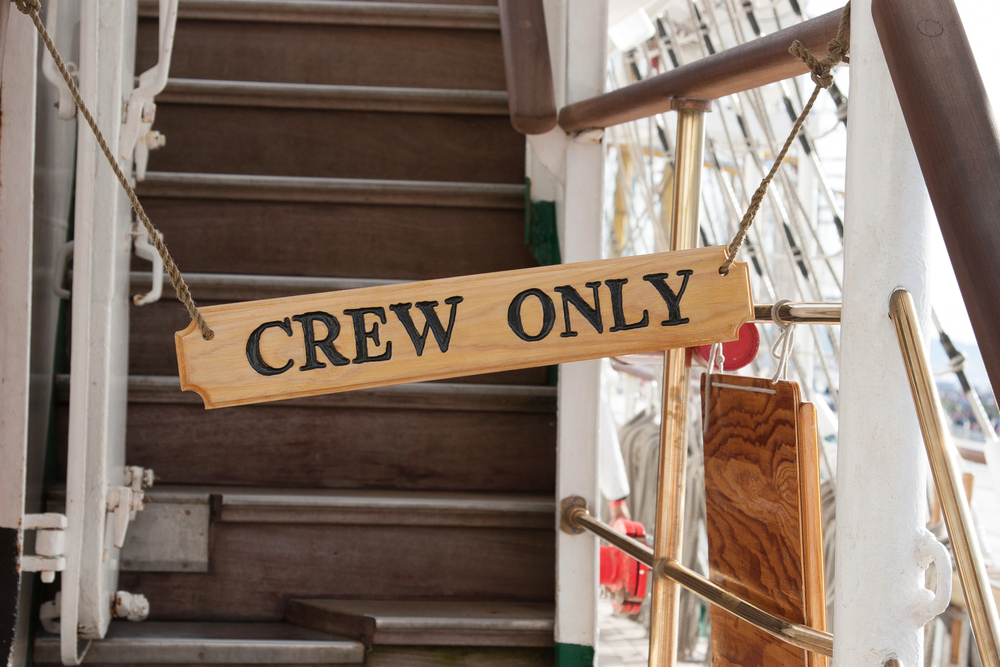
Behind the bright service experiences is a complicated reality for crew. Most work contracts are 6-10 months with no time off, and crew sleep in shared cabins below the waterline with no windows.
Pay systems vary wildly by job and cruise line, but many employees remit huge portions of their earnings back to families at home. Tipping that might seem outrageous to passengers might be essential earnings for hardworking workers.
Like Travel Pug’s content? Follow us on MSN.
Floating Reality Check
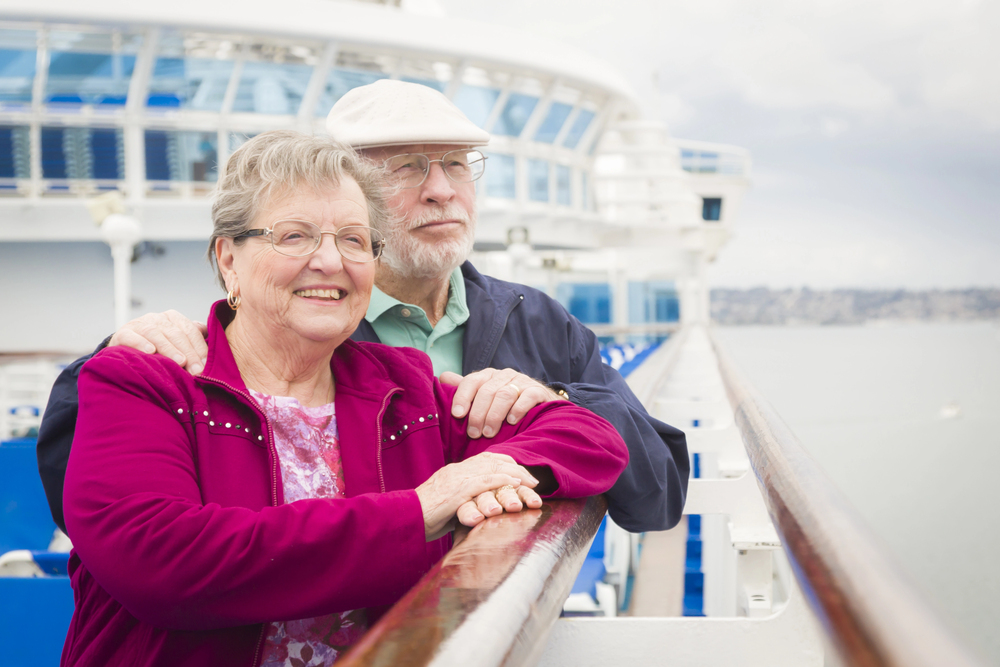
Cruise vacations offer an interesting combination of contradictions: great service and ecological concerns, ease of travel with little cultural immersion, and low-cost mass-market fares with forceful upselling.
Being aware of this fact keeps tourists grounded when they travel by cruise ship with more practical expectations rather than disappointment when fantasy and reality meet. What the vacation offers is something truly distinct in the vacation mix – just not exactly what those flashy brochures have you anticipating.
More from Travel Pug

- 20 Destinations That Were Once Thriving but Are Now Quietly Disappearing
- 15 Hidden Spots in Disney World’s Magic Kingdom Most Visitors Miss
- 20 Once-Popular Beach Towns That Are Now Ghostly Empty
- 20 Beautiful US Lakefront Towns Where You Can Live for Under $2000 a Month
- 20 Caribbean Islands That Are Safer Than People Think
Like Travel Pug’s content? Follow us on MSN.
